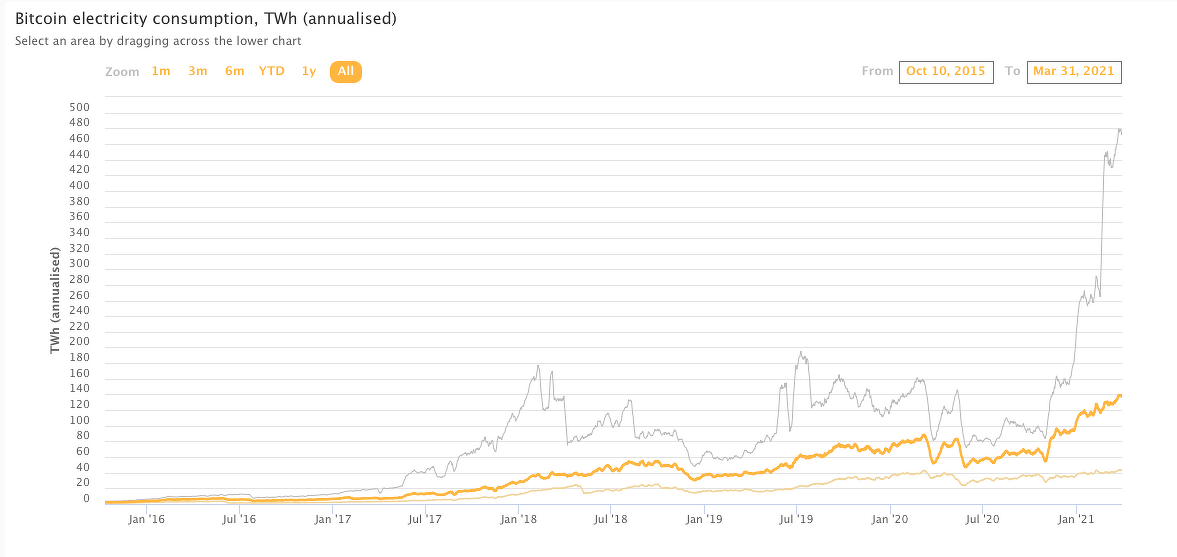Key findings of the Pakistan Consumer Confidence Index (CCI) Q3 2020 report showed that consumer confidence improved in Q3 2020 on account of optimistic future expectations amidst complete lifting of lockdown and returning normalcy in trade activities.
Dun & Bradstreet Pakistan and Gallup Pakistan have issued their third report on ‘Pakistan Consumer Confidence Index (CCI)’ for Q3 2020.
The CCI report has been developed by assessing consumers’ confidence regarding the economy as well as their financial situation. The Index covers four key parameters, i.e., Household Financial Situation, Country’s Economic Condition, Unemployment, and Household Savings.
The Index is a reflection of ‘Current Situation’ (economic changes felt in the last six months), as well as ‘Future Expectations’ (changes expected for next six months), of consumers across the country.
The CCI ranges from 0 to 200, with 100 as the neutral value. A score of less than 100 indicates pessimism. The CCI was 88.7 points in Q3 2020, compared to 79.1 points in Q2 2020, translating into a 12.1 percent quarter over quarter (QoQ) increase.
ALSO READ
70% of Pakistanis Think The Coronavirus Threat is Being Exaggerated: Gallup Pakistan
This was driven by optimistic Future Expectations in Q3, up 15.3 percent QoQ, amidst complete lifting of lockdown and normalcy in trade activities. However, the overall consumer confidence in Pakistan has remained pessimistic in all three quarters of 2020.
Nauman Lakhani, Country Lead of Dun & Bradstreet in Pakistan said,
The third issue of Pakistan Consumer Confidence report compares changes in Consumer Confidence from Q1 2020 (pre-COVID times), Q2 2020 (during smart lockdown), and Q3 2020 (complete lifting of lockdown). Current consumer confidence growth of 7 percent as compared to the last quarter is healthy, showing signs of recovery in Pakistan. I envision this Index to become a barometer of economic well-being in the country in the years to come. We hope this report is useful to government entities as well as private organizations, to strengthen their understanding of consumers’ sentiments across Pakistan and help in developing effective strategies to deal with the on-ground situation.
Bilal Ijaz Gilani, Executive Director Gallup Pakistan, while commenting on the findings of the report added,
Consumer Confidence in Pakistan has shown an upward trajectory for the third quarter in a row, which shows that the impact of COVID-19 on the economy and consumers is slowly tapering off.
Gallup Pakistan foresees two main threats to this recovery trend, unemployment, and inflation. If both are not effectively tackled, many of the recent wins may be lost.
Perceptions about the country’s economy have improved consistently across all three quarters of 2020, highlighting upbeat consumer sentiments, mainly on account of optimistic future expectations.
Perception about Household Financial Situation entered into green, implying peoples’ household income seems to be rising after a decline due to COVID-19.
ALSO READ
Only 10% of IT Graduates Are Employable in Pakistan: Gallup
During Q3, the Household Financial Situation was the only CCI parameter to turn overall optimistic owing to improvement in Future Expectations. Whereas, 30 percent of consumers believe that their income levels will improve in the next six months in Q3 compared to 28 percent in Q2 and 32 percent in Q1.
In contrast, rising Inflation and Unemployment continues to drag consumers’ enthusiasm. During the Q3 survey, 91 percent of consumers believed that daily essentials have continued to become expensive or very expensive in the last six months, compared to 83 percent in Q2.
While 4 out of 5 (77 percent) respondents believed that Unemployment has increased in the last six months as compared to 80 percent in Q2 and 71 percent in Q1. Consequently, 2 out of 3 (66 percent) respondents cited a decline in Household Savings over the last six months compared to 64 percent in Q2 and 57 percent in Q1.
On the whole, consumers across all provinces, locations (Urban and Rural), different age groups, and genders were relatively more optimistic for the future economic situation than they were during the Q2 2020 survey.
